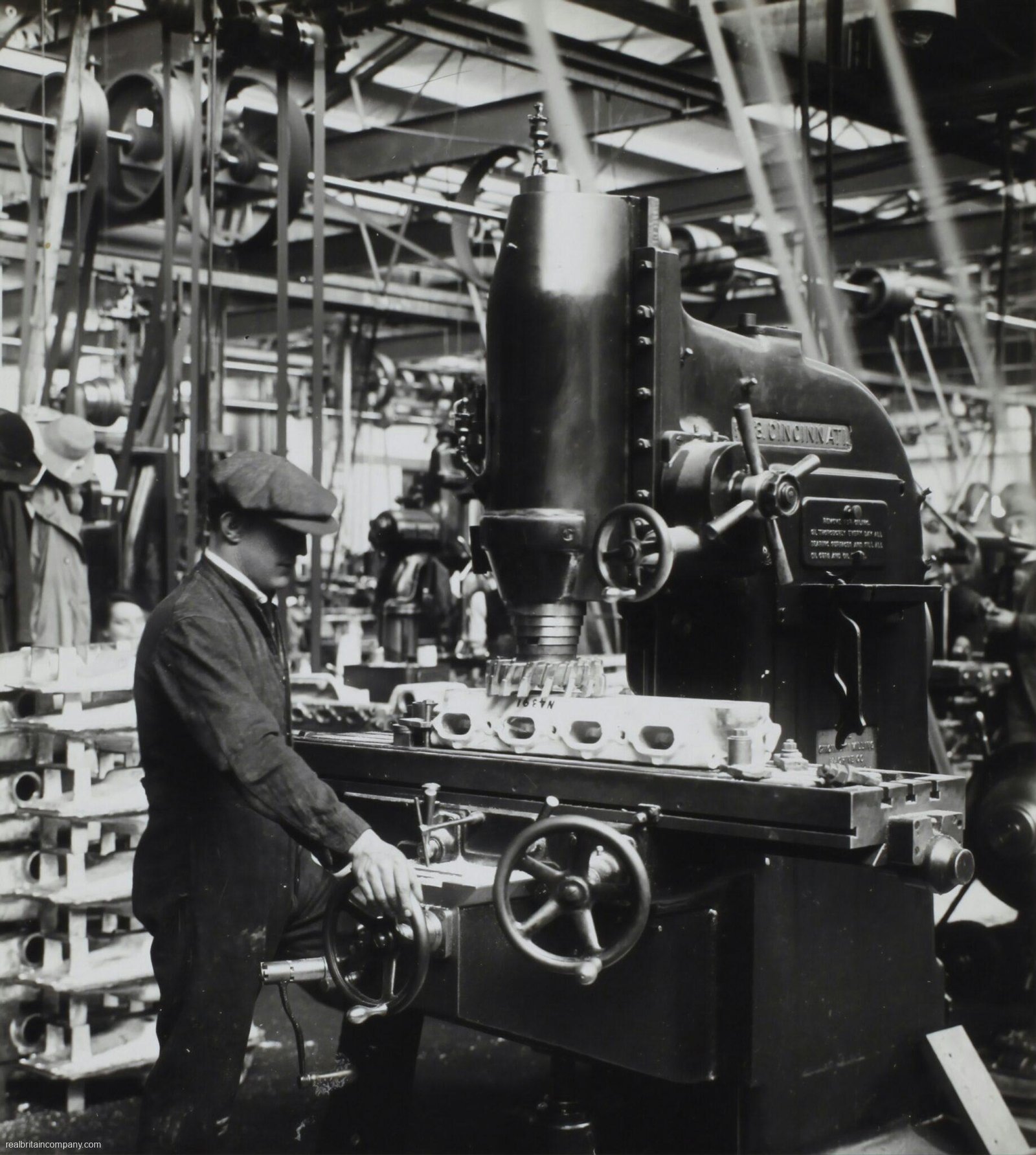

Our journey begins in the heart of England, in the city of Birmingham. Known as the “Workshop of the World,” Birmingham played a pivotal role in the industrial revolution. As we wander through its bustling streets, we can still see remnants of its industrial past. The Jewelry Quarter, with its historic factories and workshops, is a testament to the city’s craftsmanship and innovation.
Leaving Birmingham behind, we make our way to Manchester, another key player in the industrial revolution. This vibrant city was once the center of the cotton industry, with its mills and warehouses fueling the textile boom. A visit to the Museum of Science and Industry takes us back in time, showcasing the machinery and inventions that powered Manchester’s industrial might.
From Manchester, we venture north to the city of Newcastle-upon-Tyne, where the iconic Tyne Bridge stands as a symbol of the region’s industrial heritage. Once a thriving coal mining and shipbuilding hub, Newcastle played a vital role in powering the nation’s economy. A visit to the Discovery Museum allows us to explore the city’s industrial past in detail, from its coal mines to its shipyards.
Continuing our journey, we make our way to the birthplace of the industrial revolution itself: Ironbridge Gorge in Shropshire. This UNESCO World Heritage Site is home to the world’s first iron bridge, a marvel of engineering that revolutionized transportation. As we walk across the bridge, we can’t help but marvel at the ingenuity and vision of those who came before us.
Our next stop takes us to the city of Leeds, where the textile industry once thrived. The Leeds Industrial Museum at Armley Mills provides a fascinating insight into the city’s industrial past, with its exhibits showcasing the machinery and processes that powered the textile mills.
Our final destination on this journey through the UK’s industrial revolution landmarks is the city of Glasgow in Scotland. Once a major center for shipbuilding, Glasgow’s shipyards produced some of the most famous vessels in history. A visit to the Riverside Museum allows us to explore the city’s maritime heritage, with its collection of historic ships and interactive exhibits.
As our journey comes to an end, we reflect on the immense impact of the industrial revolution. It transformed societies, reshaped economies, and propelled humanity into a new era of progress. The landmarks we have visited are not merely remnants of the past; they are living testaments to the power of human ingenuity and the enduring legacy of the industrial revolution.
Another must-visit attraction in Ironbridge Gorge is the Blists Hill Victorian Town. Step back in time as you wander through the streets of this living museum, where costumed actors bring the Victorian era to life. Explore the shops, homes, and factories of this recreated town, and get a glimpse of what life was like during the height of the industrial revolution.
For nature enthusiasts, a visit to the Ironbridge Gorge is not complete without exploring the surrounding natural beauty. Take a leisurely stroll along the Severn Valley Way, a long-distance footpath that follows the course of the River Severn. Enjoy the stunning views of the gorge, with its steep cliffs and lush greenery, and keep an eye out for the abundant wildlife that calls this area home.
After a day of exploring, satisfy your hunger at one of the many charming cafes and restaurants in the area. Sample traditional English dishes made with locally sourced ingredients, or indulge in a delicious afternoon tea complete with scones and clotted cream. Don’t forget to try the famous Shropshire cheese, a regional specialty that is sure to delight your taste buds.
As we delve deeper into Manchester’s textile industry, it is impossible to ignore the pivotal role that cotton played in the city’s economic prosperity. Cotton, often referred to as “white gold,” was the lifeblood of Manchester’s textile industry, driving innovation, trade, and wealth. The city’s strategic location near major ports and its access to raw materials from the colonies made it an ideal hub for cotton production.
Our exploration concludes in the Black Country, an area in the West Midlands of England that was once at the heart of industrial might. This region earned its name from the thick layer of soot and coal dust that covered the landscape during the height of the industrial revolution. Today, it stands as a testament to the resilience and innovation of its people. Explore the Black Country Living Museum, an open-air museum that brings the industrial past to life, and discover the rich history and vibrant culture of this fascinating area.
